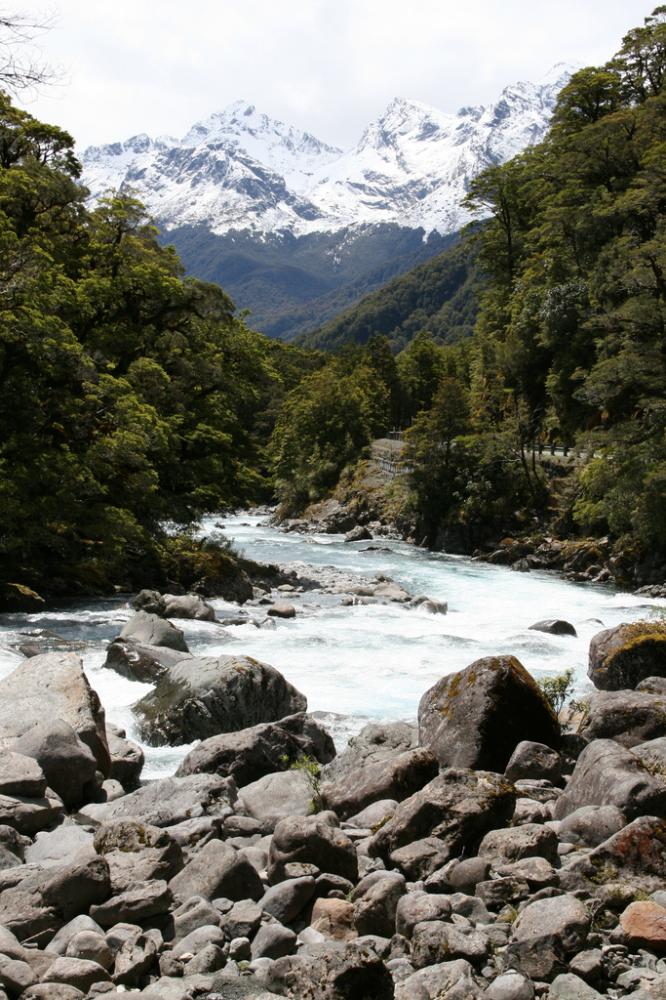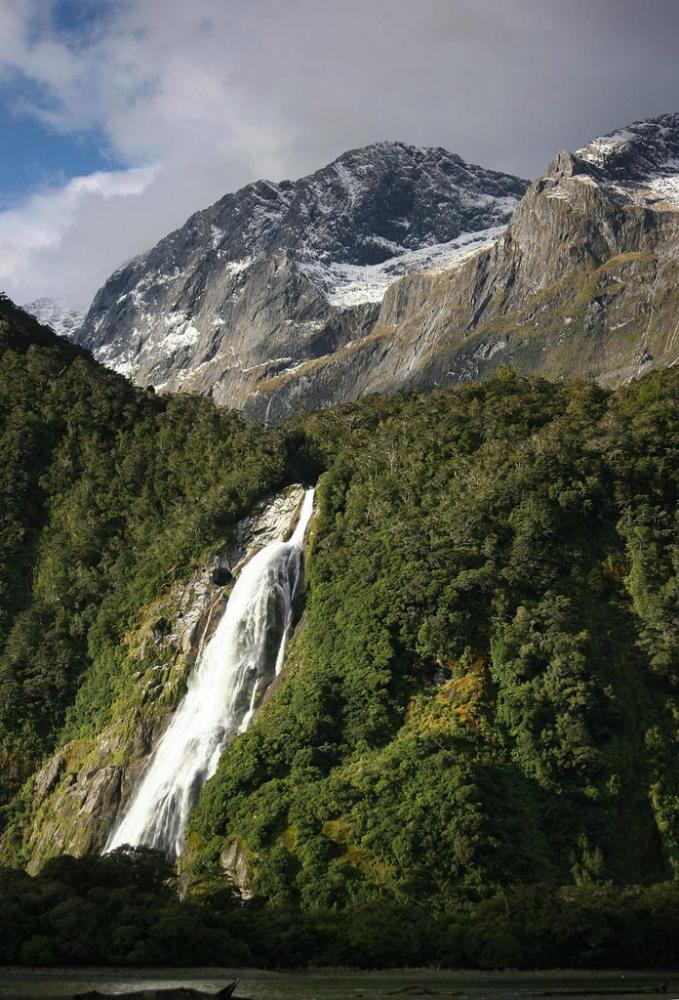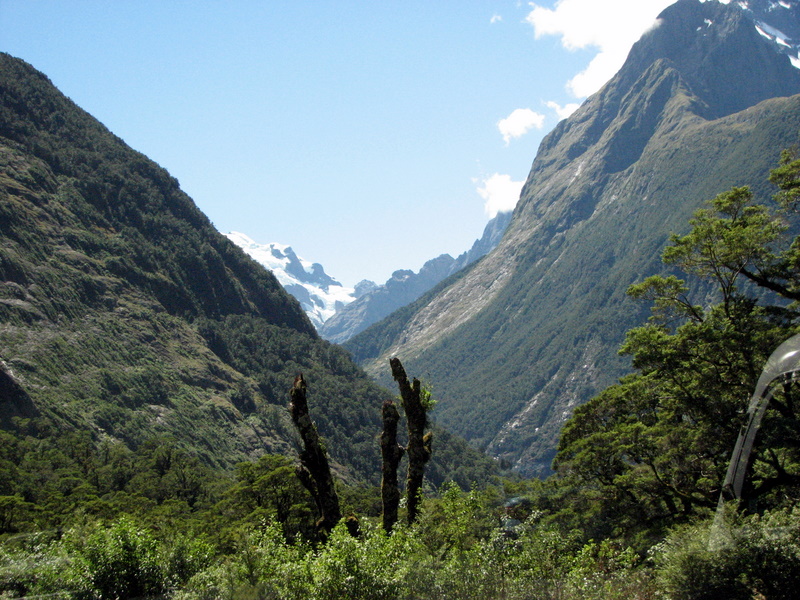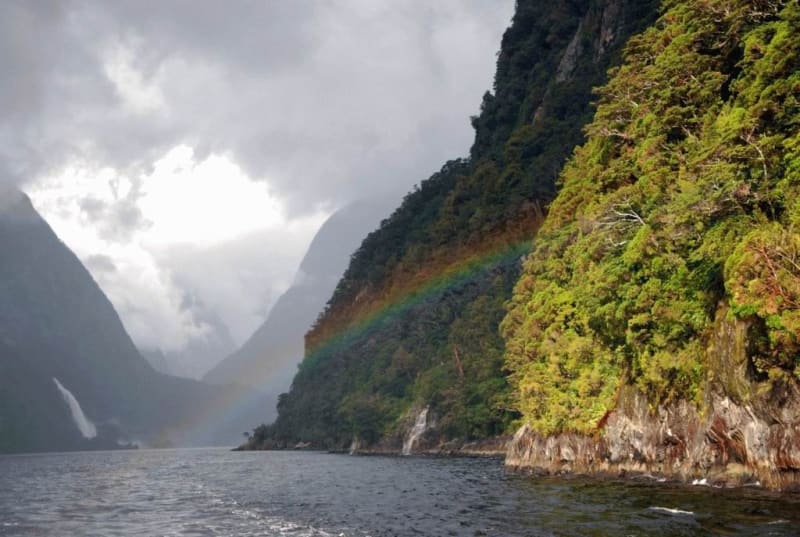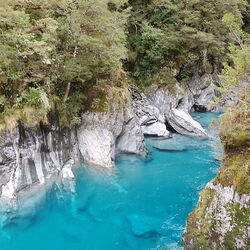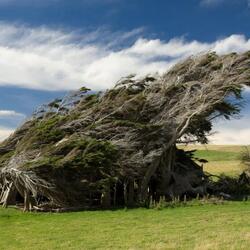Fiordland National Park
Fiordland is a national park in New Zealand. With an area of 12,500 km2, it is the largest in the country. Fiordland National Park was founded in 1952. On the western borders, the park is bounded by the fjords of the Tasman Sea, and on the eastern side it is bounded by lakes. The lakes in Fiordland are among the deepest in New Zealand, and the mountains are up to 2,746 meters high.
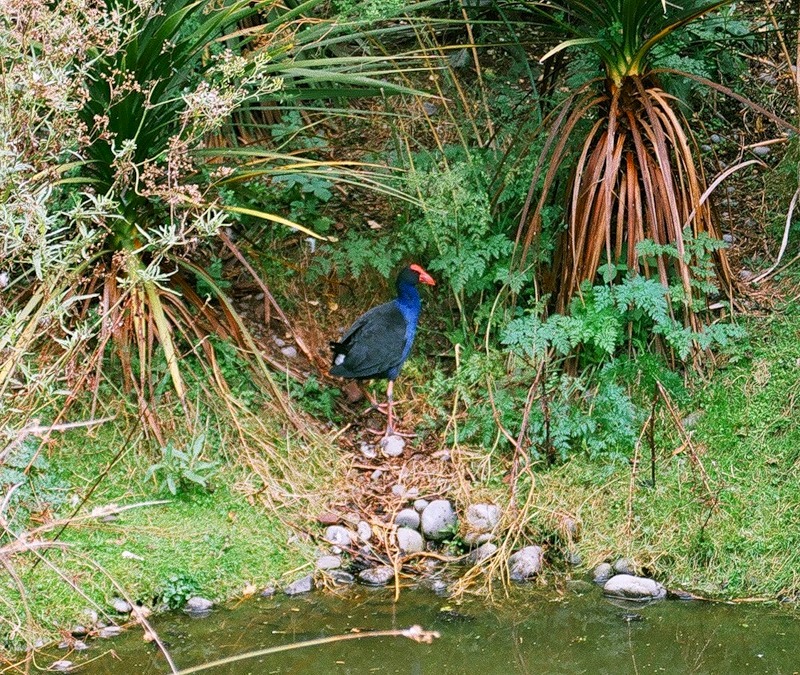
Together with the Mount Cook, Westland and Mount Aspiring National Parks, Fiordland forms the Te Wahipunamu World Heritage Area. The park contains some of the oldest natural complexes on the planet. The nature of these mountains consists of alpine valleys and subtropical forests, which sharply distinguishes the park from the rest of the island. Previously, this area was covered with glaciers, which formed fjords and gorges.
Tourists arriving here are struck by the lack of human activity. It's like these places have never even been visited. It's hard to find a suitable place to live here. In addition, the proximity of glaciers with evergreen forests is amazing.

Lake Waikatipu
The lakes of the Fiordland National Park deserve a separate article, because they have a rich history. One of the deepest and longest of them is Waikatipu. Its length is more than 100 km, and its depth reaches 400 meters. 25 unnamed rivers carry their waters to it, they are simply numbered on the map. Because of its peculiarity, the lake is sometimes called the "heart of the South Island." The water in the lake rises by 7 cm approximately every 5 minutes and almost immediately returns to its initial position. A reasonable explanation has not yet been given for this phenomenon. But the locals have an explanation for this - the giant's heart is beating there.
Local legend
According to an ancient Maori legend, the daughter of Chief Manata once lived here, who fell in love with the hunter Matakauri. One day, a mighty giant attacked their tribe and captured a girl. then he called all the soldiers and ordered them to save Manata, and promised to give her to the one who would save her. Everyone except Matakauri was scared into a giant and he had to go alone to the monster to his death. Having climbed high into the mountains, the hunter found the chief's daughter tied to a tree, and a giant was sleeping next to her. The young man took the girl to the tribe, and he returned to the mountains, because the giant must be killed, otherwise he will take revenge. While the giant was sleeping, he leaned on the mountains - Matakauri covered him with brushwood for several days. He set fire to the brushwood and the flames engulfed the giant, the smoke covered the dream, and the heat was so strong that it burned the ground, forming a huge depression. Over time, heavy rains and the waters of mountain rivers filled the pit, which was later called Lake Waikatipu. But what's left of the giant is a mighty heart lying deep under the water, and with each stroke, the water in the lake rises and immediately falls.
Flora and fauna of Fiordland Park
Fiordland National Park is home to unique birds - rare kakapo parrots that live underground, feeding on worms and snails. There is also a predatory parrot, kea, which can carve the carcass of a dead sheep to the skeleton. They were almost completely exterminated by farmers, because they believed that kea sat on the backs of sheep and tore them apart alive. Previously, there were no corbels with freezers, so wool was sent to China, and the cape was thrown away, and the winged "orderlies" ate it. According to zoologists, kea does not attack live sheep.
The South Island was once called the "takahe habitat." The tatahe is a bird the size of a goose and unable to fly. It is distinguished by its bright and lush plumage, powerful legs and a short thick red beak. With the arrival of the Europeans, it was stripped. But in 1948, near Lake Te Anau, amateur naturalist Orbell found a bird that was previously considered extinct. This became one of the most important ornithological discoveries of the 20th century.
In addition to these rare birds, other birds are found in Fiordland National Park: kiwis, rock wrens, cockatiels, New Zealand ducks, vekarals, yellow crows, and many species of parrots. There are many types of food for them here, among which there are 3,000 varieties of insects. Of these, 10% can be found exclusively in the national park. Deer, couscous, rats, and wapiti introduced by Europeans were able to adapt here. In the waters of the fjords you can meet seals, sponges, clams, albatrosses, petrels, penguins, among which the rarest New Zealand crested penguin.
The mountain ranges of Fiordland are considered to be among the wettest areas in the world. It rains here almost 200 days a year, which fall uniformly throughout the year. Because of which there is always a 40-meter layer of fresh water in the fjords. The average temperature in July is 5°C, and in January it is 23°C.


